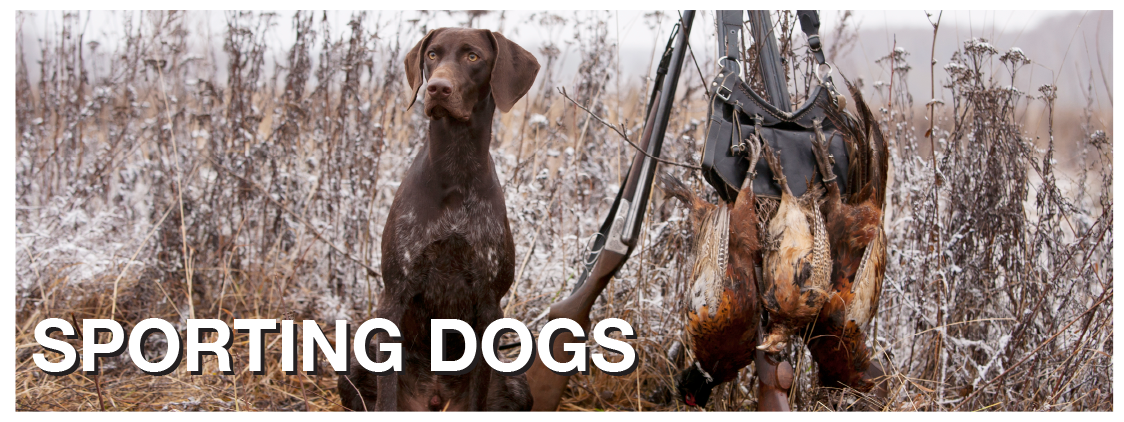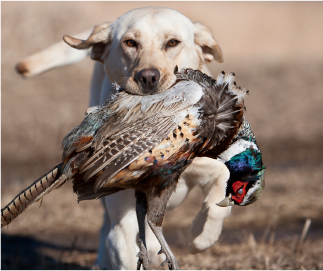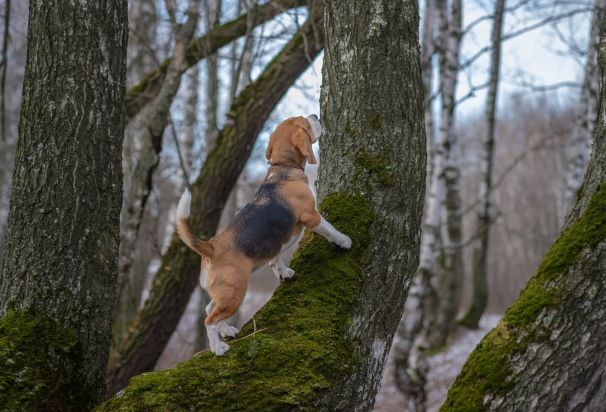Sporting Dogs

.png)
Here at FieldPost we break down the event category Dogs into four subcategories: Gun Dogs, Hounds, Hunting and Field Trial/Hunt Test.
For decades, dogs have played an important role in the hunting lifestyle. Everything from pointing quail, treeing bears and finding wounded game can be accomplished with a dog. It is no wonder dogs are called man’s best friend.
Upland bird hunters know the importance of pointing dogs when it comes to hunting. Dogs can cover a lot of ground in a short period of time searching for birds, and hopefully pointing those birds out to the hunter. The name 'pointer' comes from the dog's instinct to point, by stopping and aiming its muzzle toward game. This demonstrates to the hunter the location of their quarry and allows them to move into gun range. 
Some of the more common pointer breeds include the English Setter, Gordon Setter, Irish Setter, English Pointer and German Shorthaired Pointer.
Retrievers were bred primarily to retrieve birds or other prey and return them to the hunter without damage. Retrievers are distinguished in "non-slip" retrieval as their primary function. As a result, retriever breeds are bred for soft mouths and a great willingness to please, learn, and obey. The Labrador Retriever and Golden Retriever are two of the more popular retriever breeds.
Flushing dogs are different from other gun dog types such as pointers and retrievers. A flushing dog is trained to flush game, especially birds, by first finding the game then driving it from its hiding place for a hunter to shoot. Some types of dogs have been specially bred for flushing ability, such as Springer, Cocker and other spaniels. Most flushing dogs are very people-friendly and make excellent companions and pets.
 Whether it is treeing coons, chasing hogs or tracking wounded game, a hound dog can be a valuable asset. Don’t underestimate the willingness and courage of a hound that has hunting running through its blood. The list of hound dogs is long, but some of the more common hounds used for hunting include the Black and Tan, Bluetick and American Coonhound. A good tracking dog can come in just about any breed, but common breeds are Bloodhound, Beagle, Labrador Retriever.
Whether it is treeing coons, chasing hogs or tracking wounded game, a hound dog can be a valuable asset. Don’t underestimate the willingness and courage of a hound that has hunting running through its blood. The list of hound dogs is long, but some of the more common hounds used for hunting include the Black and Tan, Bluetick and American Coonhound. A good tracking dog can come in just about any breed, but common breeds are Bloodhound, Beagle, Labrador Retriever.
Although, a Field Trial and a Hunt Test might sound like they are the same thing, there is a noticeable difference, especially when it comes to judging. In a field trial, one dog wins, or depending on the structure of the trial, one dog in each division wins. In a hunt test, each dog is judged individually, not in comparison to other dogs, and is awarded a score based on its performance. At the end of a hunt test, there may be several dogs with perfect scores and several not passing. The objective of a field trial is to pick a winner; the objective of a hunt test is to assess each dog independently.
To learn more about the different types of dogs for hunting there are several resources available.
The American Kennel Club, American Field Sporting Dog Association, National Shoot to Retrieve Association, Pheasants Forever and National Bird Hunters Association are just a few.
"Sometimes hunting isn't about hunting at all. It's sometimes about the alone time spent with your trusty hunting dog."


